
Mobile MasterPeace Interview with Alexis Rotella
We are delighted to publish our first Mobile MasterPeace Interview, as mentioned in our Sunday Showcase, 26 January 2020. Alexis Rotella is a prize-winning poet who specializes in Japanse Poetry in English forms. Author of many books (Amazon.com), her #metoo anthology, Unsealing Our Secrets was awarded a Touchstone Book Award 2018. Alexis is an acupuncturist who is looking to relocate to North Carolina.
This is a fascinating interview with Rotella and it has touched me deeply, I feel as though I am with her in person, sharing these insights. I am also delighted that I was cited within this interview as an influence to others, encouraging and nurturing the ready talent within our community. I was not alone either, Rotella has also cited the work of Giulia Baita, Vicki Cooper, Karen Divine and Andrea Bigiarini and I couldn’t agree more. Enjoy!
All images ©Alexis Rotella
If you could choose to keep only one work of your own art, what would it be and why?
That would be a tough choice. In fact, as we downsize, I am parting with many of my paintings–giving them to Good Will and friends. In some cases, I have thrown a few into the dumpster. I ask myself, do I want to pay a moving company to pay for something I only feel lukewarm about?
There is one soul drawing I’d never part with which was done using Deborah Koff-Chapin’s technique (Drawing Out Your Soul Handbook and card decks available Amazon.com). My husband doesn’t like it and a friend says it gives him the willies. I love the face that turned up. I love the way her dress puffs out. I love the image of a hobby horse in the background. What I love the most, though, is how the opinions of others don’t phase me anymore–as long as I feel my art pleases me, that’s all that matters–and that, I hope, is a place every artist will aspire to.

Is there a cultural experience that changed your perspective of your vision of the world today?
See below – my time living in Northern Italy and my experience with Naif art triggered my inner artist.

Whose and what artwork most challenged your way of thinking?
I love Matisse, his female figures especially. I love costumes. Embellishing the female form. Let’s face it, Nature embellishes the world with its greenery, its fruit, its flowers.
I love the way he decorates rooms with large philodendron leaves, goldfish bowls. I love how he gave up the practice of law to follow his true calling (despite his father’s wishes). I also have a deep respect how, even when bedridden, he still created works of art with scissors. He didn’t give up–he kept going (the way Frida and Grandma Moses did). How many people in the mobile art community move on despite personal tragedies? Many.
But going back to when I was in my early twenties living in a small town in Northern Italy, I was totally entranced by (naive, primitive art) which was all the rage then in Italy and other European countries. The Naif painters (both male and female) were, for the most part, untrained. They saw the world from an innocent childlike point of view. They captured the beauty of the land that was fantastical and often humorous and uplifting– the way we want the world to be and stay. I’m still a lover of that type of expression. I count on cows and barns to keep me sane.
A few years ago I discovered Maggie Taylor, invested in a few of her books which are on my coffee table. She uses old photographs (which she buys off eBay and from antique shops) and creates scenes which are often humorous and surreal. They connect with my inner child, inspire me to think in a more simple way. Not everyone can paint a rabbit or a cat–but if an artist can find a copyright free image, dress creatures up in costume and create something that touches people where they live, then hurrah! I have given away a lot of my art books in this downsizing adventure, but Maggie’s are keepers.

Which artist do you admire and return to the most?
Years ago when Brentano was a popular book store and art outlet in North America, we bought a Chagall lithograph which hangs in our guest room bathroom. I find his work enchanting even though on a rational level, I can’t verbalize what it means. Chagall admitted he just likes the way his images came together. His work is intuitive and quite feminine, as is a lot of unforgettable art. I can’t imagine a Chagall inside a Bahaus box. After years of being a fan of the artist’s creations (as well as the artist himself and his wife, Bella), I discovered my maternal grandmother came from Vitebsk, Russia, where Chagall was born. I grew up in the Russian Orthodox tradition and even though it’s no longer on my path, I will always love the cupolas of the Russian churches, the icons and folklore, but the church teachings are too confining, as is really any organized religion or philosophy. I graduated in 1984 from the New Interfaith Seminary in Manhattan where we studied and learned from all religions. Perhaps Chagall’s bride and groom floating over the landscape dotted with its many churches refers to my need to rise above all the dogma, to find a higher vision. Yet appreciate those structures that helped mold me and freed me to consider other realities. I find meaning in Carl Jung’s way of looking at the world and how we become whole by incorporating mythology of the unconscious into our everyday lives (although I’m not a fan of how he treated Emma, his wife,who birthed many of his offspring). I have studied Buddhism, belonged to a temple, until it felt too small for me. I feel most comfortable floating above the fray. Mobile and art in general help me not to get bogged down in a world of nuts and bolts (although it’s important to stay grounded).

Who do you believe is the most overrated artist and by association, who do you think is the most underrated?
Thomas Kinkade churned out idyllic nature and village scenes that sold like hot cakes. But sometimes when we surround ourselves in art only because it’s pretty, we’re apt to close ourselves off and go into deep denial about what’s happening, not just on the global scene, but inside ourselves. ( You can Google Kinkade and learn how idyllic his life wasn’t). It can be confronting to feel raw emotion, to think about the hurtful things that happened to us/that are happening to us and our environment. Giving art a chance can change us, liberate. Although I wouldn’t want Andres Serrano 1987 photograph of a crucifix submerged in his own urine hanging in my family room–an off-the-wall work like that certainly shakes us out of our stupor and gets us to think, to perhaps put ourselves in the shoes of another whose path is foreign to ours. Although complacency might feel like a safe place to hang out, to me it feels like a prison.
Mary Cassat, who was born into privilege, considered Degas her mentor. Unlike the other impressionists, she was not part of the old-boy network–she wasn’t allowed to hang out in cafes. Women were more or less relegated to domestic life. I was surprised to learn that even though Cassat never bore children, the majority of her paintings included children, often with their nannies. She struggled for equality in a male-dominated environment and endured a lot of frustration. Though there were times when she felt like throwing in the towel, her need to paint always pulled her out of the doldrums. Even today, when we think of that time period in art history, it’s not Mary Cassat’s name that jumps out at us. Those of whose who are women can certainly relate to her circumstances, despite the advances we continue to make.

Do you agree that mobile art and mobile photography brings peace and if so, why/how?
For me, it brings peace or at least, a sense of satisfaction to have captured a street-scene moment or to create from scratch the portrait of a person that emanates a certain mystery. Isn’t life itself really an unfolding work of art? When we look at people or animals or observe closely what Nature is doing, we feel we’re part of something bigger than ourselves, that we aren’t just schlepping from one day to the next. We carry in our pocket a most incredible tool–almost anyone can be an artist, producer, director. It’s our birthright.

When you create mobile art do you feel at peace, if so, can you describe your emotions?
When I settle into my easy chair and work on my iPad Pro, I zone into another space. My husband and I are in the process of decluttering a large house in order to put it on the market. The details are endless. Worker ants milling around. During the weekdays, we have little privacy. But when the house is empty of other people’s nervous whistling and sighs, when we’ve eaten our dinner, I look forward to creating just for the pleasure to see what shows up. The Muse is ready when I’m ready and together we embark on a new journey. It’s how I relax and move into a deep state of meditation and work in harmony with Creation. It’s like plugging myself into that place from which all ideas and wisdom originate. An analogy I use is seeing myself as an extension of the sun, which, when we think about it, is the source of all life/all intelligence. It’s no accident that the first thing young children draw is a smiling sun, its many arms reaching out to warm and inform.

It is well regarded that female artists are disadvantaged as the traditional art market is determined by men – do you agree and why? or vice versa?
It’s the testosterone thing that seems to rule the art world and elsewhere. Walter Gropius, Bauhaus founder, believed women don’t think well in three dimensions–“have little validity in light of the cultural forces that strongly pattern people’s lives according to their gender” (whatever that means).
There are exceptions, but for the most part, men in high places don’t take women as seriously as males. Just go back to the Garden of Eden to Eve who is still blamed for getting us kicked out of Paradise. And remember, she came directly from Adam’s rib! Our mythologies and religions do a lot to imprint mass unconsciousness.
I think women need to extricate from the idea that female artists are disadvantaged. All we have to do is look at the life of Frida Kahlo who played second fiddle to Diego Rivera until she owned her own power. Today female artists emulate her–I don’t think it’s just because of her courageous, gutsy self portraits but because women feel at a deeper level how important it is to claim one’s own path, to be true to themselves and their story even while coping with health issues, family tragedy or betrayals. More women need to stop treating males like kings–that includes their own lovers/spouses/friends. Women are viewed by many men as the weaker sex but even more sad is that women fall into the trap of seeing themselves that way.
What I can’t help but notice in the mobile art community is how extraordinary it is that women support other female artists to such an amazing degree. In the five or so years I’ve been involved, I haven’t experienced one ounce of cattiness (compared to my 45 years in the poetry arena). Giulia Baita and Joanne Carter are two forces that encourage women mobile artists to go beyond where they ever dreamed they could. Hanging in there, too, and giving us an outlet to share out work are Vicki Cooper (A Voice Through Mobile Art) and Karen Divine (Your Parts and Process), among others on the NEM sites (headed by Andrea Bigiarini).

Female artists today need encouragement to rise up the ranks, how would you encourage more women to embrace mobile photography and art?
I can only encourage by example. To support fledglings as well as recognized artists, give a heads up and promote their work by clicking share. I have suggested to some of my poet friends who play with line drawings and photography to check out iColorama and other apps. But there’s a certain fear people have of changing–old programs of “I have no talent,” “I could never do that,” “I’m afraid of making a mistake” pop up and hold us prisoner. I go through that myself – my fear of not being able to draw held me back for years – now it pushes me forward to experiment. Two years ago I couldn’t draw a face. Now it’s my favorite thing to do.

Can mobile photography and art help save the planet in respect of climate change?
I don’t believe mobile photography and art are going to save the planet. But it may save us. In certain instances, it may edify and get people to think in a new way, but in most cases, we preach to the choir. Another consideration is most people on the planet don’t have the leisure to look at art let alone do it. Yes, they can see graffiti or murals on buildings in poor neighborhoods, but people without money or means don’t have power. Now and again an artist will pop up from the ghetto and make it big, be featured on CBS Sunday Morning America or Sixty Minutes, but chances are their fame and their message isn’t going to save the planet. Yet, on the other hand, people like Frida Kahlo, even though she has been dead a long time, continues to inspire. It’s important to familiarize ourselves with her relationship with Diego–at a certain point, she got sick of his infidelities. That’s when she really took off as an artist.
Just a last thought, if we lose Nature, what will be left to paint? Buildings, trucks, asphalt. We all know that there is less and less of Her to go around. The field of Queen Anne’s lace where we heard a grass snake hiss is turned into a parking lot overnight. The woods where we hunted for mushrooms has succumbed to strip mining. If we continue on this dangerous track, will we one day come to the place where we can only hear birdsongs on the Internet? Will galleries and museums be the only placeholders to remind us of what Nature once meant to us? What will we do without real butterflies to raise us up? We all have to do more than just make art–we have to speak up, demonstrate and act in whatever way that feels appropriate.

Please read…
TheAppWhisperer has always had a dual mission: to promote the most talented mobile artists of the day and to support ambitious, inquisitive viewers the world over. As the years passTheAppWhisperer has gained readers and viewers and found new venues for that exchange.
All this work thrives with the support of our community.
Please consider making a donation to TheAppWhisperer as this New Year commences because your support helps protect our independence and it means we can keep delivering the promotion of mobile artists that’s open for everyone around the world. Every contribution, however big or small, is so valuable for our future.
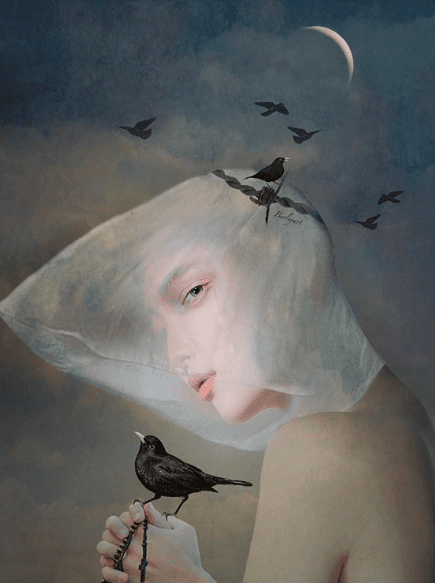
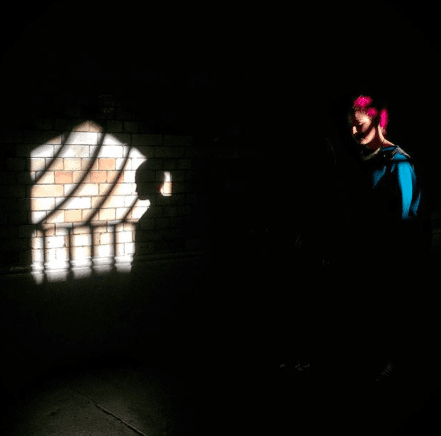
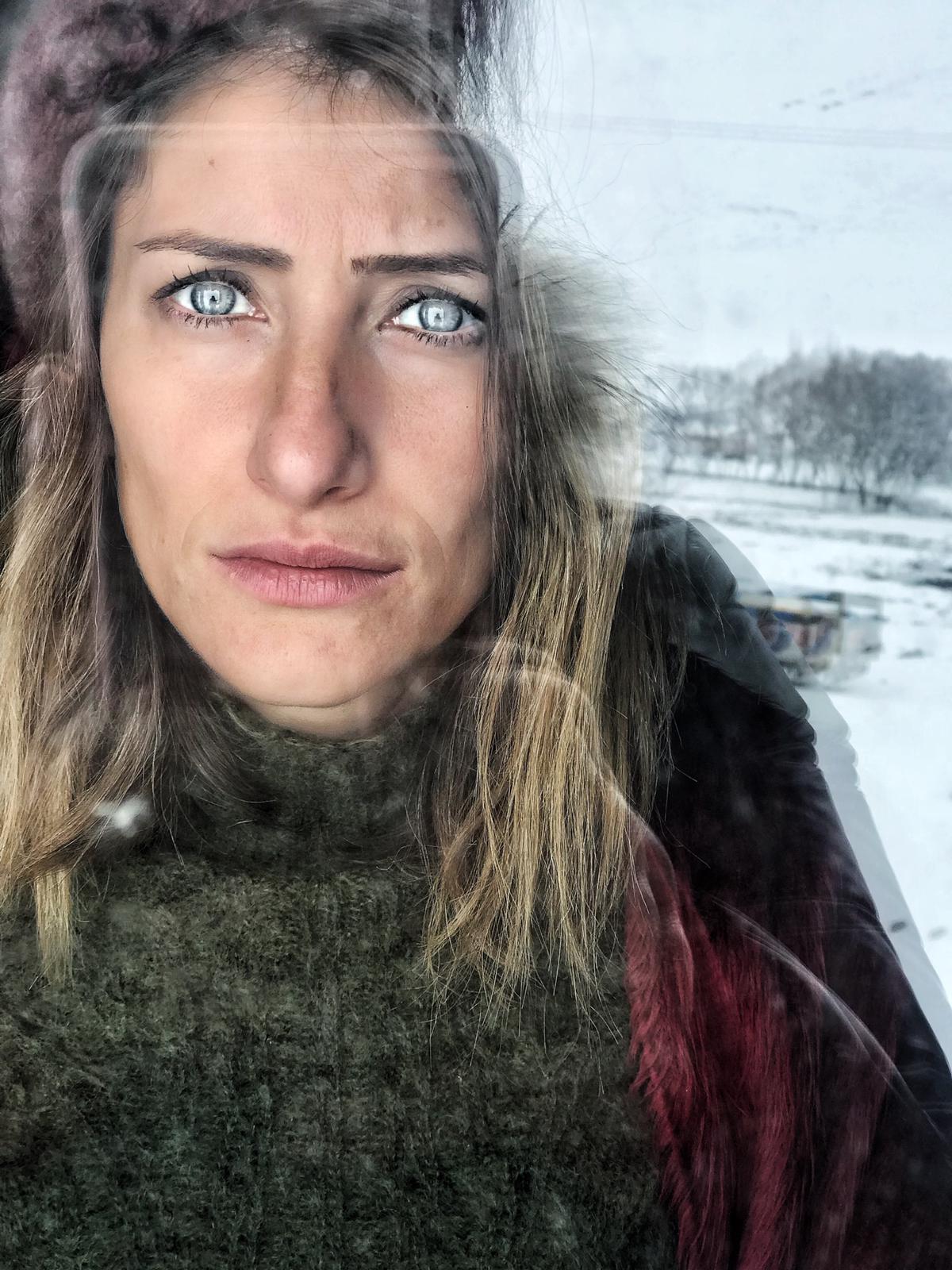
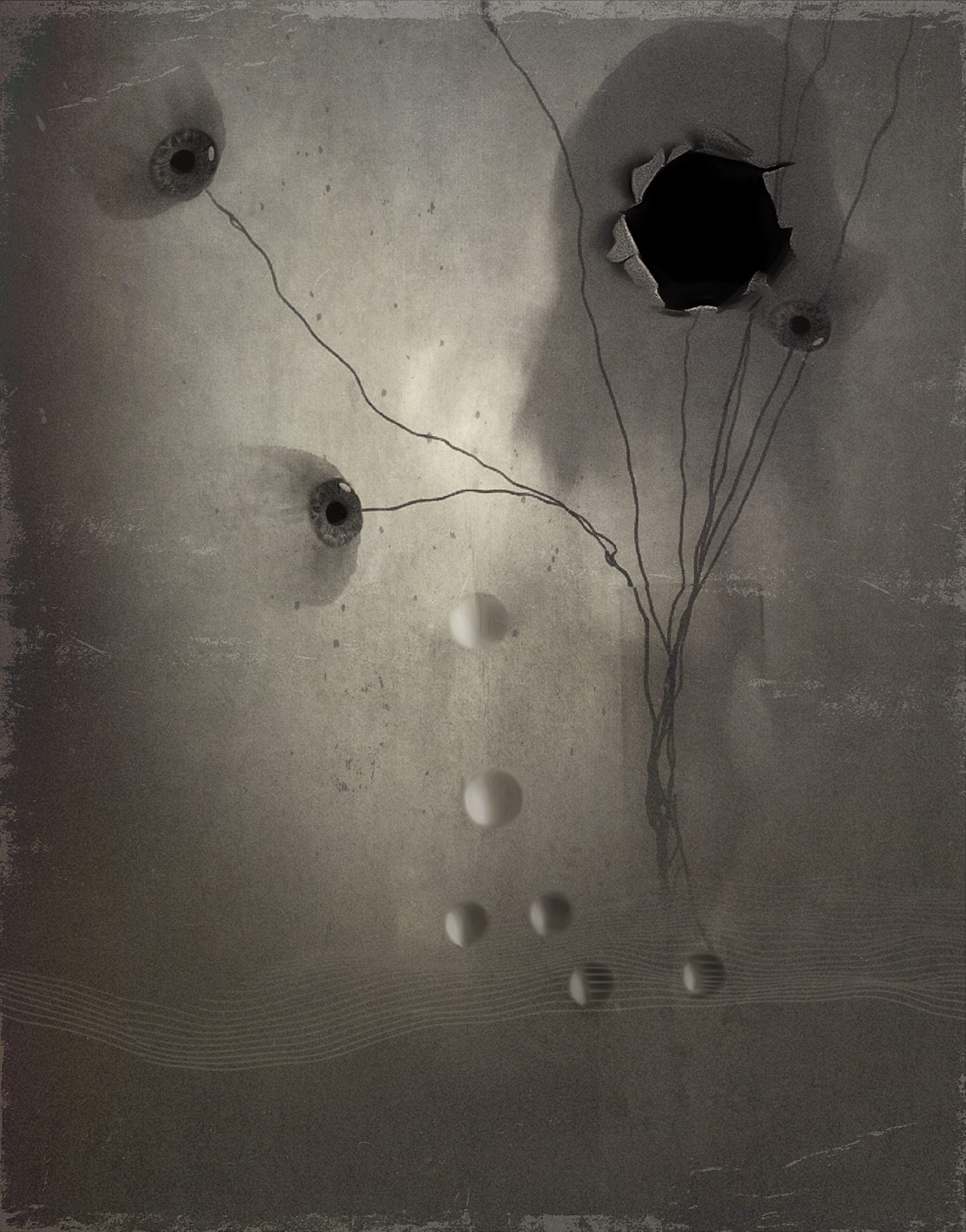
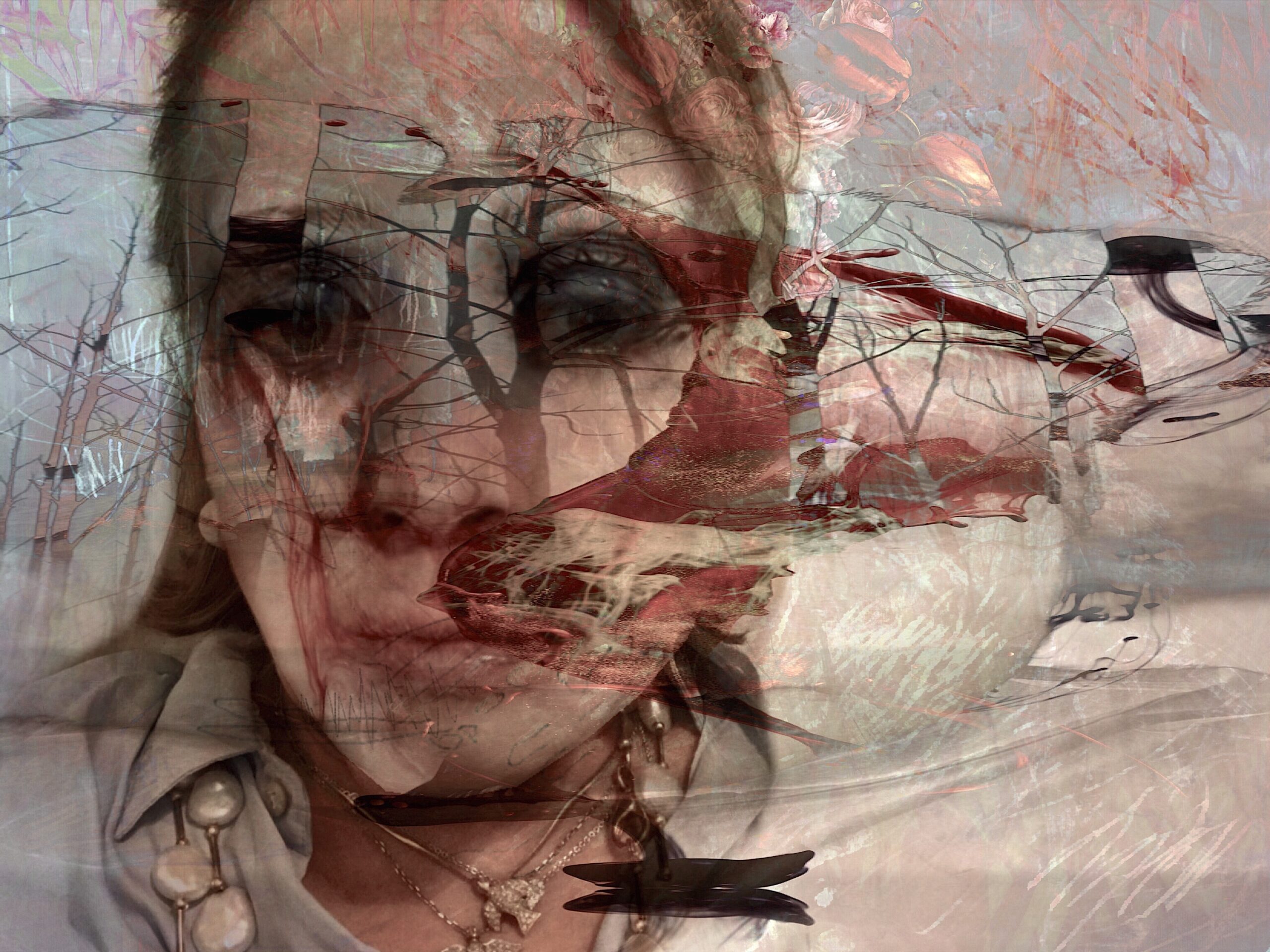
2 Comments
rosalie heller
My friend Alexis..you always hit the soul spot in my heart and my mind. Such a thought provoking and soulful interview and of course your beautiful art!
Lynette Sheppard
Breathtaking images and interview! Thanks so much, Alexis!